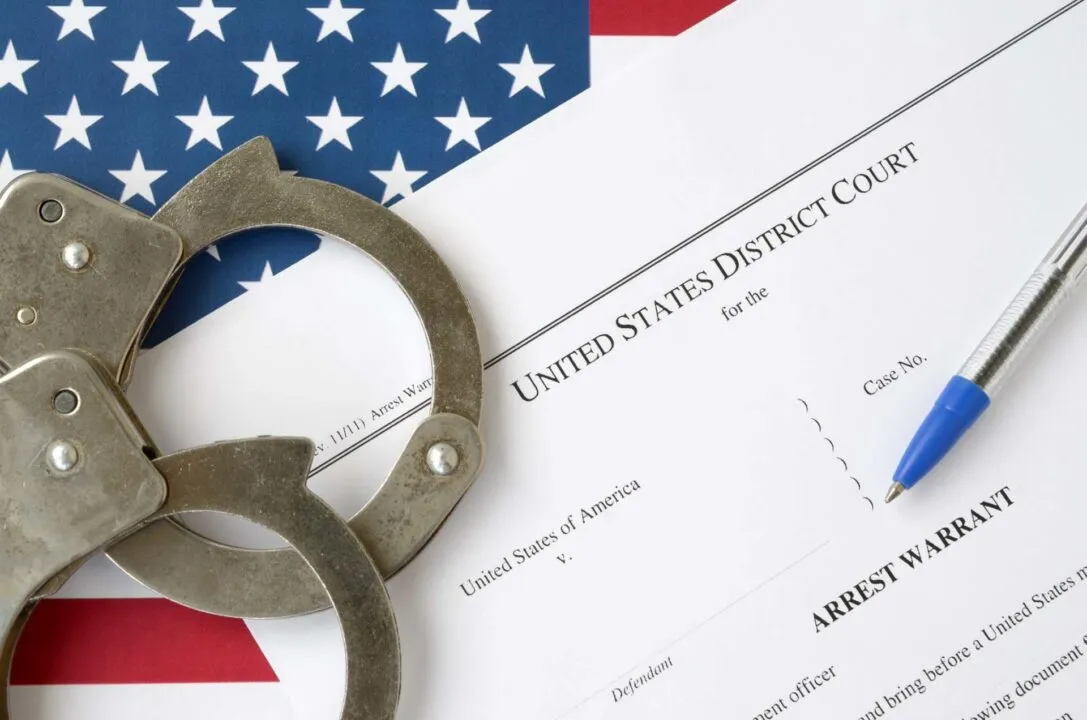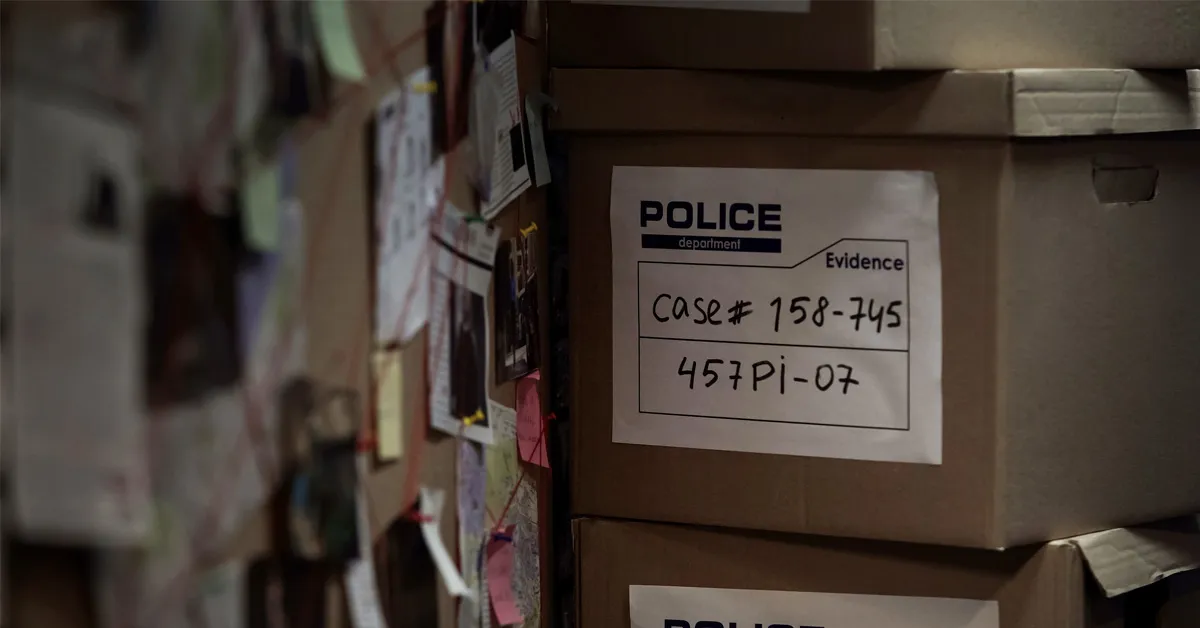
Clearance rates are more than just metrics your police department has to report to the FBI. They reflect the effectiveness of your process and represent the closure and justice you can provide to victims and families. In this blog, we’ll cover eight areas law enforcement agencies can leverage to improve clearance rates.
The NYPD has a homicide clearance rate of close to 78%. That’s above the national average of 69% for cities of comparable size (population greater than 1 million). As a retired lieutenant from the NYPD, I have some experiences to share that may shed light on the many moving parts that need to work together to achieve higher clearance rates.
But first, what is a clearance rate exactly?
What is a Clearance Rate?
A crime is “cleared” when an arrest has been made – or the perpetrator has been positively identified and located but can’t be arrested due to an exceptional circumstance. So, to improve clearance rates, all an investigator has to do is arrest those that committed past crimes. Simple, right?
In reality, clearance rates are a little more complicated than that. And improving them requires, among other things, the right allocation of human resources, political and prosecutorial support, community collaboration, technological improvements, motivated investigators and patrol officers, and streamlined and prioritized evidence testing and analysis processes.
Let’s take a look at how to leverage each one individually.
#1 Human Resources
In order to clear more cases, agencies must have the proper number of investigators.
An understaffed agency trying to solve more cases will feel like they are shoveling sand against the tide.
However, there are a number of issues relating to agency staffing. Agencies across the country are struggling with recruitment, and many are already understaffed or experiencing a decline.
Furthermore, agencies can’t simply hire investigators through normal recruiting methods. On average, it takes months of training to become a police officer, followed by four to five years of experience to become a detective.
So if you’re facing a shortage of investigators, personnel from other units within the agency – usually patrol officers seeking a career transfer – need to be reassigned. However, these newly assigned investigators still require training, mentoring, and close supervision to ensure they’re performing to the agency’s standards. Naturally, this takes time.
To make matters worse, this also requires an agency to move human resources from one area to another – which doesn’t solve the understaffing problem. For example, when a patrol officer is reassigned to an investigative unit, it leaves a vacancy in the patrol unit that still needs to be filled. This creates a recruitment issue for the agency that must be addressed through a holistic staffing solution.
Therefore, improving clearance rates relies, in part, on controlling caseloads.
#2 Caseloads
One way that caseloads can be controlled is through proper proactive policing – where crimes are prevented from occurring in the first place.
This is done primarily by patrol officers. Fewer patrol officers mean less proactive enforcement will occur. This can have a negative impact on crime rates. If crime increases, so do investigator caseloads, which makes it much harder to increase clearance rates.
Excessive caseloads can be a sign of understaffing, ineffective crime control strategies, or both. Agencies that have too much crime to investigate and not enough investigators will not be able to clear cases at an acceptable rate.
#3 Government Support
Local and state governments must provide the necessary support to allow agencies to staff their patrol and investigative commands.
This can be accomplished by first establishing and agreeing to a minimum staffing level. And second by allocating appropriate funds in the budget so agencies can make the necessary staffing changes.
Get this wrong and you’ve built a foundation on quicksand. Adequate staffing at the patrol level can reduce the occurrence of crime, while adequate staffing at the investigative level allows for the efficient identification and arrest of those that have already committed crimes.
This staffing balance puts agencies on sound footing to start the journey toward obtaining higher clearance rates.
#4 Prosecutorial Support
Every offender that is not arrested and remains at large is capable of repeatedly victimizing the community and adversely affecting an agency’s crime and clearance rates.
In the quest for higher clearance rates, nothing is more counterproductive than putting in investigative hours only to watch your prisoner plea to a lesser offense, given low or no bail, or released without prosecution. Recidivism is a known outcome in cases where there’s a faulty prosecution or no prosecution at all.
Collaborating with local prosecutors to aggressively prosecute offenders who commit criminal acts that place the community at risk will help reduce recidivism rates. Less recidivism results in less crime to investigate. This allows investigators to reallocate their resources to clear existing cases that would have otherwise been investigated on a delayed basis or not at all.
#5 Community Collaboration
Investigative progress can be derailed by negative press emanating from community unrest and anger.
Therefore, it’s critical to keep the family and community affected by crime updated with investigative progress and to regularly remind them that they haven’t been forgotten.
In the case of criminal investigations, the community and the media are friends of law enforcement—even if it doesn’t always feel that way. Just as every friendship has challenges, managing the expectations of the media and those affected by crime is a required skill set every investigator must cultivate. Do not allow frustrations to simmer, or it will undermine not only your current investigations but also future investigations by reducing cooperation due to distrust and resentment.
#6 Technology
Leverage the technology available to you today to help manage investigations.
A 2008 study by Timothy G. Keel M.S. – a retired Detective Lieutenant from Baltimore Police Department’s homicide unit, who now works at the FBI’s Behavioral Analysis Unit as a Major Case Specialist – determined that a computerized case management system, on average, increased the clearance rates of agencies from 5 to 5.5 percent.
Given that this study is over a decade old, and that case management software has improved exponentially in the last decade, there’s an even greater reason for an agency to adopt a better system to manage and supervise investigations.
A quality case management system will at a minimum:
- Allow supervisors to perform initial case screenings and ongoing case reviews
- Identify cases with no supervisory reviews
- Allow investigators to collaborate with other investigators through assignment creation and tracking
- Provide case-level and document-level security with associated audit logs to ensure integrity
- Incorporate link analysis to show cross-case associations of all entities in the system
- Provide executives and investigative supervisors with management oversight through advanced reporting
- Produce clearance rate statistics
- Analyze work unit and investigator caseloads
- Identify cases with insufficient or no investigative activity
- Send alerts to keep investigators and supervisors updated
These features give agencies a clear vision into work unit and investigator productivity and effectiveness, while also providing a management platform to maintain oversight of the entire investigative processes. Collectively, these features provide agencies with the support they need to improve clearance rates.
#7 Motivated Investigators & Patrol Officers
Patrol officers and investigators that lack motivation become ineffective and can’t produce substantive changes to their agency’s clearance rates.
Patrol officers must care that the community is safe by spending their tour looking for signs of criminality and attempt to stop it when they find it. Investigators have to take a personal stake in the arrest of those who are wanted for committing crimes in order to bring justice and closure to the victims and to prevent others from being victimized. Any breakdown in this philosophy will produce a broken system that adversely affects clearance rates.
In fact, an agency with motivated investigators can even overcome temporary staffing shortages and still have a positive impact on clearance rates. Caring, passion and motivation are the lifeblood of a law enforcement agency.
Look at the case of NYPD Detective Peter McMahon who was relentless in his pursuit of a murder suspect who initially fled to a country without an extradition treaty with the United States.
Detective McMahon stayed the course, never wavered, and aggressively pursued the suspect for 10 years until he caught up with him in Australia. Detective McMahon ultimately succeeded in extraditing the suspect back to the United States to face justice and bring closure to the victim’s wife. I can’t think of a better example to illustrate the power and effectiveness of raw motivation.
#8 Prioritized Evidence Testing
Most resources tell you what you need to do to improve clearance rates. But don’t forget what you need to stop doing.
While assigned to the NYPD’s Forensic Investigations Division, I worked for a chief that established a daily stakeholder conference call to discuss all evidence received over the previous 24-hour period. This was evidence that had an associated request for testing (DNA, Latent Prints, Ballistics, etc.). The call included an overview of the case, a discussion with the case detective and a discussion about why each piece of evidence required testing and analysis.
I can’t overstate how critical this process is to improving an agency’s clearance rates.
DNA scientists, latent print analysts and firearms examiners are no different than homicide investigators: they can only work so many hours a day, so many days a year and produce a finite number of analytical results.
Every single piece of evidence that is unnecessarily submitted for testing prevents other evidence in other cases from being tested. This process produces evidence backlogs, delays lead production and suspect identification, and supports an environment where suspects remain at large for longer periods of time, giving them additional opportunities to victimize other members of the community.
The NYPD was able to significantly reduce or effectively eliminate their latent print and ballistics evidence backlog through this daily call. This is because requests for evidence testing and analysis were reviewed and managed to ensure the NYPD’s limited resources were used efficiently.
Another approach to try is the “5 Whys Technique” developed by the founder of Toyota Industries, Sakichi Toyoda. Toyota still uses it today. The technique essentially requires you to keep asking “Why” 5 times before making a decision on an important issue. In the case of evidence testing, if it survives the “5 Whys,” then send it for testing; otherwise, send it to storage. You can always test it later, if necessary.
Conclusion
Agencies need a holistic approach that incorporates – at the very least – these eight keys to address clearance rates.
Remember, a clearance rate is much more than a number. It directly reflects on a process that either is or is not working effectively. Whatever approach your agency commits to, it’s important to be willing to fail fast. So, if the process isn’t working, you can immediately regroup and try a different approach.
It’s most important to never lose sight of the fact that clearing a crime, especially violent crimes, provides victims and their families with the closure and justice they deserve. Nothing short of a case clearance will suffice. We should do all we can to strive for higher clearance rates by bringing together the right resources, technology and processes.
Case management is a key piece of the puzzle in helping your agency increase clearance rates. Make your case management smarter with CaseBuilder™.




